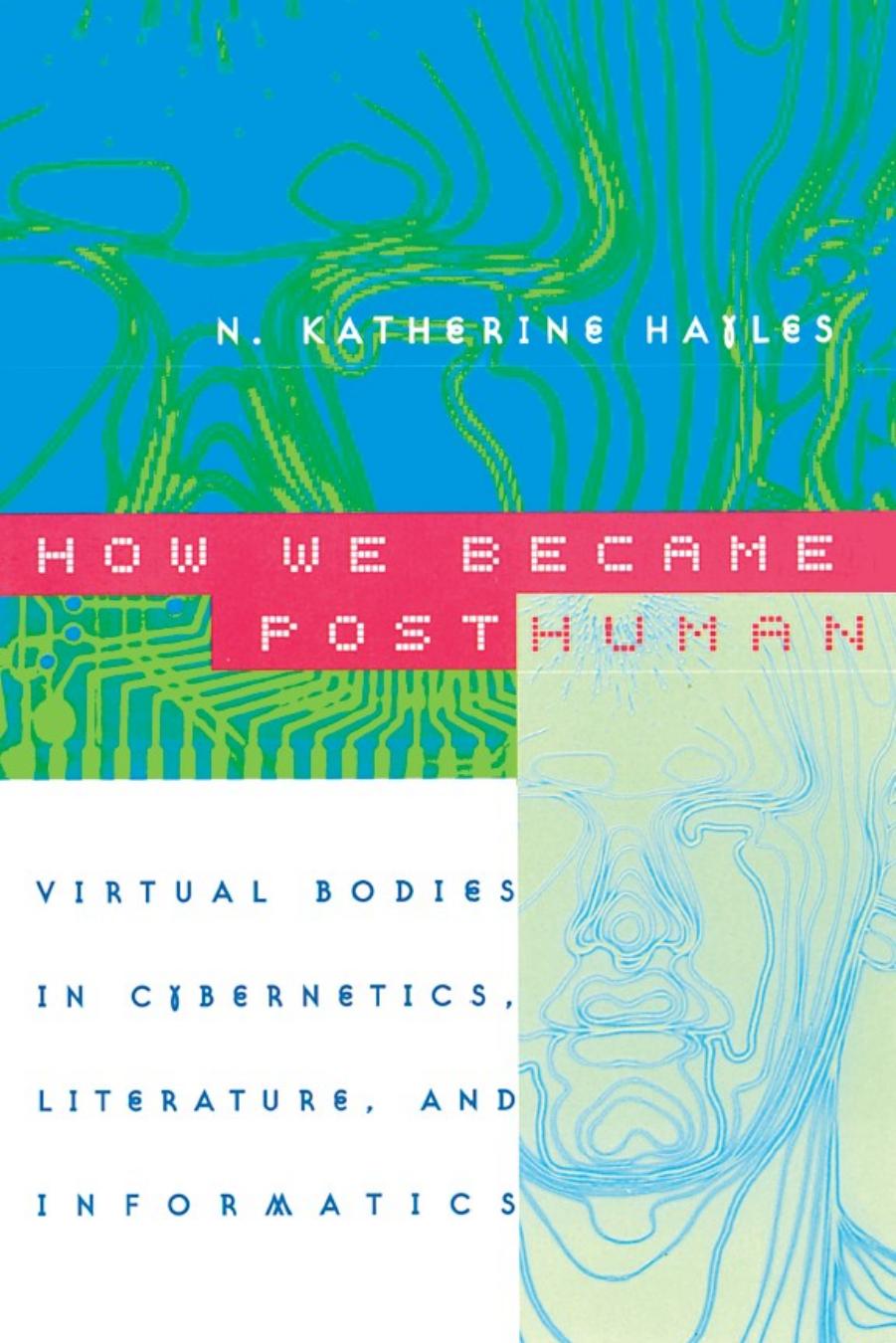How We Became Posthuman: Virtual Bodies in Cybernetics, Literature, and Informatics by Hayles N. Katherine

Author:Hayles, N. Katherine [Hayles, N. Katherine]
Language: eng
Format: mobi, pdf
Publisher: University of Chicago Press - A
Published: 1999-02-15T05:00:00+00:00
The Schizoid Woman (De)Constructs Male Subjectivity
Patricia Warrick has insightfully argued that Dick’s fiction is structured as a series of reversals designed to defeat the reader’s expectation that it is possible to discover what the situation “really” is.17 Building on her argument and also modifying it, I want to demonstrate that the reversals are not arbitrary but follow an inner logic of their own. I shall take as my tutor text We Can Build You, in part because Warrick remarks, in passing, that its two themes—the construction of androids and the male character’s fascination with the schizoid woman—are not connected with each other, which she sees as an aesthetic failing. I will argue that although the themes are not well integrated, they are deeply connected through the figure of the schizoid android.
As Dick recognizes in “The Evolution of a Vital Love,” the prototype for the schizoid woman is Pris in We Can Build You. Louis Rosen, the little guy who serves as protagonist for the novel, finds Pris fascinating but also terrifying. Her most notable attribute is what he calls “emptiness dead center,” an inability to feel empathy or indeed almost any emotion.18 Talented, creative, and fiercely intelligent, Pris had a nervous breakdown while still in high school (as did Dick himself). When she takes up with the rich entrepreneur Sam Barrows, deserting the family firm to move in the glittering world of the rich and famous, Louis’s attraction to her becomes compulsive. The more this dark-haired girl/schizoid woman recedes out of his realm, the more he yearns after her, finally becoming so obsessed that getting together with her becomes more important to him than anything else, including the family firm. “What a woman, what a thing to fall in love with,” he thinks to himself, in a conflation that makes clear that Pris, as a schizoid woman, has more than a touch of androidism in her. “It was as if Pris, to me, were both life itself—and anti-life, the dead, the cruel, the cutting and rending, and yet also the spirit of existence itself ”(p. 155). As her new name “Pris Womankind” indicates, she is at once uniquely herself and symbolic of the role that Dick assigned to the bright, cold, cutting women in his life, particularly his mother, Dorothy, and (after they divorced) his fourth wife, Nancy. More than a tie to life, Pris is Louis’s anchor to reality, much as Nicole was for Kongrosian in The Simulacra. At the same time, Louis experiences Pris as the “anti-life,” which in later novels takes shape as the tomb world. The flips that Warrick notices in Dick’s text have an inner logic that make it impossible for the male character to do without the dark-haired girl/schizoid woman, even when he sees her as a source of powerful contamination driving him into psychosis.
When Louis and Pris rendezvous at a motel, the encounter fizzles because neither can abandon their cat-and-mouse games long enough to experience physical intimacy. Still obsessed, he falls into a
Download
How We Became Posthuman: Virtual Bodies in Cybernetics, Literature, and Informatics by Hayles N. Katherine.pdf
This site does not store any files on its server. We only index and link to content provided by other sites. Please contact the content providers to delete copyright contents if any and email us, we'll remove relevant links or contents immediately.
Algorithms of the Intelligent Web by Haralambos Marmanis;Dmitry Babenko(9831)
Test-Driven Development with Java by Alan Mellor(7635)
Data Augmentation with Python by Duc Haba(7520)
Principles of Data Fabric by Sonia Mezzetta(7290)
Learn Blender Simulations the Right Way by Stephen Pearson(7213)
Microservices with Spring Boot 3 and Spring Cloud by Magnus Larsson(7043)
Jquery UI in Action : Master the concepts Of Jquery UI: A Step By Step Approach by ANMOL GOYAL(6445)
RPA Solution Architect's Handbook by Sachin Sahgal(6441)
The Infinite Retina by Robert Scoble Irena Cronin(6145)
Hadoop in Practice by Alex Holmes(6135)
Big Data Analysis with Python by Ivan Marin(5875)
Life 3.0: Being Human in the Age of Artificial Intelligence by Tegmark Max(5472)
Pretrain Vision and Large Language Models in Python by Emily Webber(4826)
Infrastructure as Code for Beginners by Russ McKendrick(4609)
WordPress Plugin Development Cookbook by Yannick Lefebvre(4329)
Functional Programming in JavaScript by Mantyla Dan(4215)
The Age of Surveillance Capitalism by Shoshana Zuboff(4205)
Embracing Microservices Design by Ovais Mehboob Ahmed Khan Nabil Siddiqui and Timothy Oleson(4102)
Applied Machine Learning for Healthcare and Life Sciences Using AWS by Ujjwal Ratan(4078)
